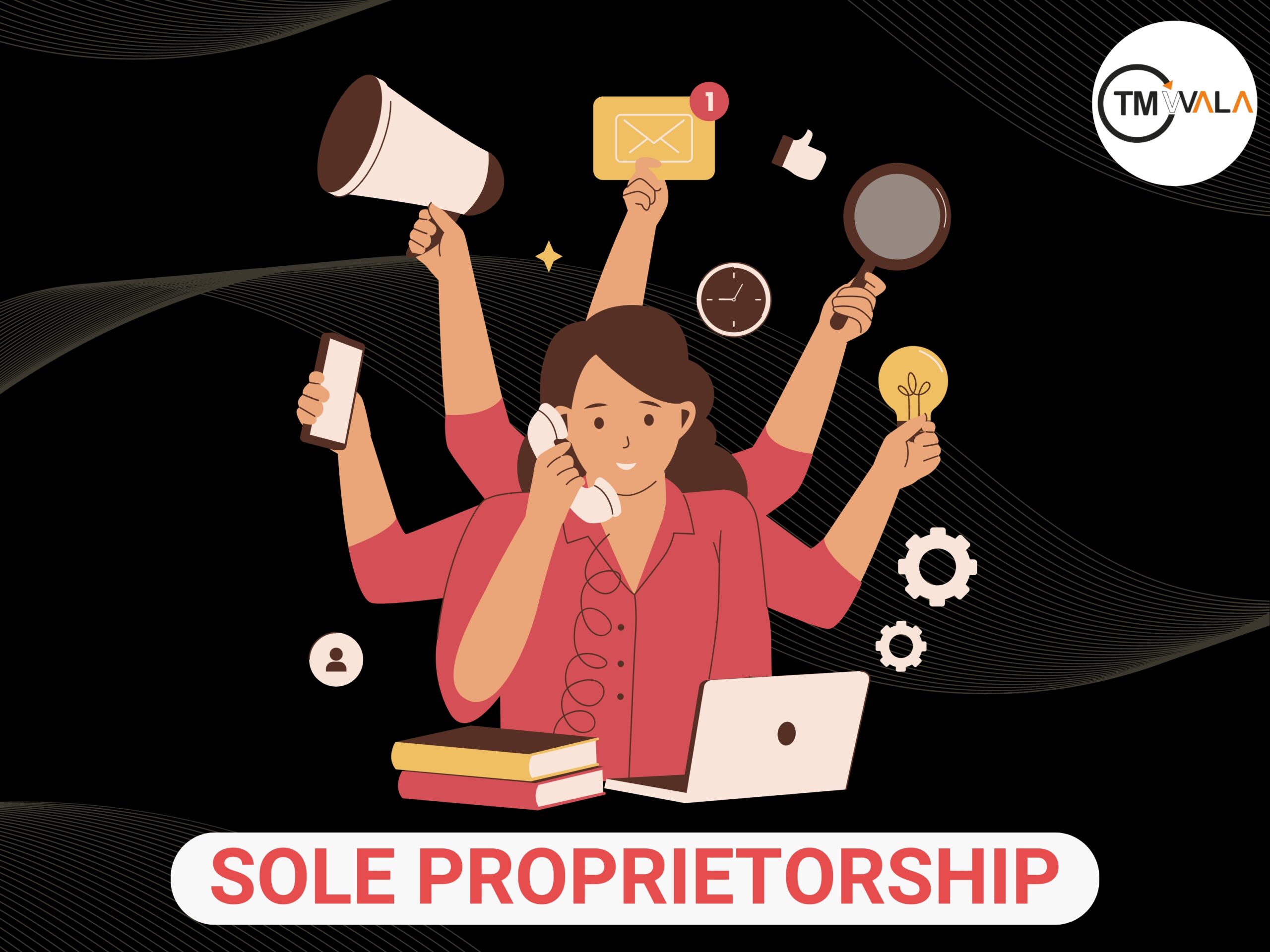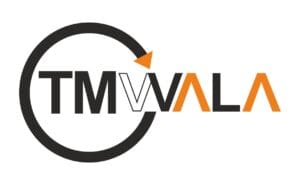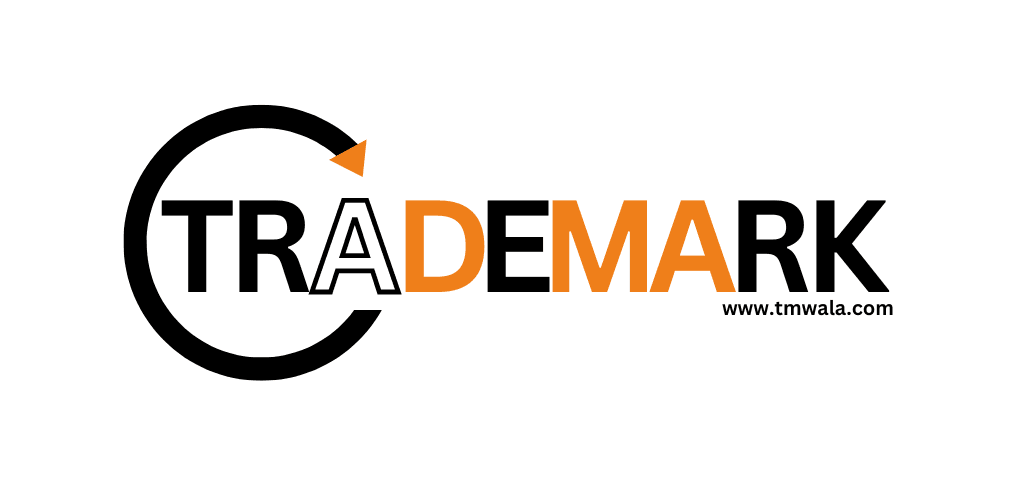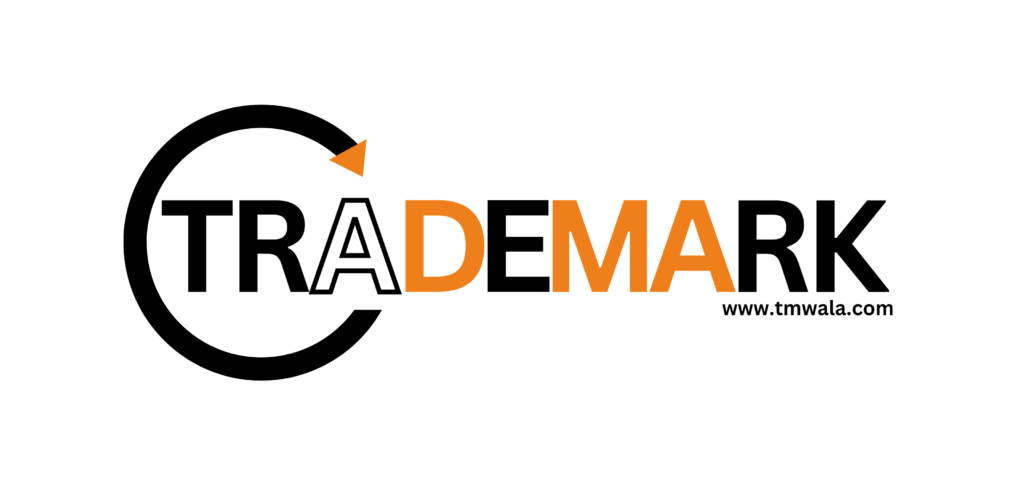
₹4,000.00 Original price was: ₹4,000.00.₹1,999.00Current price is: ₹1,999.00.

₹2,000.00 Original price was: ₹2,000.00.₹999.00Current price is: ₹999.00.

₹2,000.00 Original price was: ₹2,000.00.₹599.00Current price is: ₹599.00.

₹8,000.00 Original price was: ₹8,000.00.₹3,999.00Current price is: ₹3,999.00.

Sole proprietorship, as the name suggests, is a type of business where a single individual owns, manages, and controls all aspects of the business. Unlike other business structures, a sole proprietorship is unincorporated, meaning it is not considered a separate legal entity from its owner. This means that the business and the individual are one and the same in the eyes of the law, with all assets, liabilities, and responsibilities tied directly to the owner.
Sole proprietorship is often preferred due to its simplicity, minimal regulatory requirements, and low start-up costs. This makes a sole proprietorship the go-to choice for small-scale entrepreneurs, freelancers, and solo business owners who want to maintain full control over their operations. With no need for complex legal filings, a sole proprietorship allows individuals to start their business quickly and economically. Given these benefits, sole proprietorship remains one of the most common and widely adopted forms of business in India and worldwide.
There does not exist any specific legal provision governing sole proprietorship in India, save for compliances later discussed. What this means is that it becomes relatively easier to set up and operate a sole proprietorship business, than would, say a company or a partnership.
The legal liabilities that arise while setting up a sole proprietorship are as follows:
Financial liabilities of a sole proprietorship firm may be summarised as:
The major components of sole proprietorship include:
There do not exist any specific compliances for the registration of a sole proprietorship and are more so business specific compliances that the sole proprietorship owner has to see to. Some are mentioned below:
| S. No. | Basis | Sole Proprietorship | LLP | Company |
| 1. | Definition | Self-owned, unincorporated business model. | Hybrid structure combining features of a company and a partnership | An incorporated artificial person with a common seal and perpetual existence. |
| 2. | Liability | Unlimited | Limited liability | Limited liability |
| 3. | Registration | No formal registration required | Must be registered with the Ministry of Corporate Affairs | Mandatory under the Companies Act, 2013 |
| 4. | Compliance | Minimal, dependant on nature of business. | More compliances than sole proprietorship | Extensive compliances required to be followed |
| 5. | Lifespan | Limited | Existence independent of changes in partners | Perpetual existence |
In conclusion, a sole proprietorship is undeniably one of the easiest and most hassle-free business models that individuals with limited resources, sourcing options, and networking can adopt. The simplicity of a sole proprietorship lies in its lack of formal registration requirements, making it a highly accessible option for those looking to start a business quickly and with minimal legal hurdles. Unlike other business structures, a sole proprietorship does not require complex compliance or regulatory procedures, allowing the business owner to focus entirely on running and growing the business. However, despite its ease, a sole proprietorship comes with certain limitations.
The most significant drawback of a sole proprietorship is the concept of unlimited liability, where the owner is personally responsible for all debts and liabilities of the business. Additionally, the limited scope for expansion often restricts the growth potential of a sole proprietorship, as it may be difficult to secure large-scale funding or take on significant ventures. Nonetheless, for small-scale entrepreneurs and individuals seeking full control over their operations, the sole proprietorship remains a highly viable and appealing option in India.
No, there does not exist any need for formal registration of a sole proprietorship in India. However, one may require certain permits and registration with certain taxation authorities in order to be able to open certain sole proprietorships in India.
Yes, one can hire employees, so long as labour laws and other employment laws are complied with in the course of employment.
Yes, a sole proprietorship may be converted into any other business model by way of compliance with the registration procedure unique to the model under consideration; same becomes crucial when expansion is discussed.
Obtaining business insurance and maintaining proper finances are some of the ways by which personal property risks may be mitigated.
Yes, one can register any fictitious name so long as it is not already taken, and get it registered as the business’s trade mark so as to establish a legally protected market identity.
Link to similar article: https://tmwala.com/startup-india-blog/
Link to the Shop and Establishment Act, 1958: https://www.indiacode.nic.in/bitstream/123456789/3595/1/MP%20Shops%20and%20Establishment%20Act%2C%201958.pdf
Get started instantly
"*" indicates required fields

TMWala
Your one stop shop for all your business registration and compliance needs.
Choose your Entity Type
Individual/ MSME/ Sole Proprietorships
Non-MSME/ Large Entities

₹1,500.00 Original price was: ₹1,500.00.₹999.00Current price is: ₹999.00.
Trademark Application @ ₹999* (Basic Discounted Plan for MSME/Individual/Sole Proprietorships) Best-Selling, Economical & Easy

₹1,500.00 Original price was: ₹1,500.00.₹999.00Current price is: ₹999.00.
Trademark Application @ ₹999* (Basic Discounted Plan for Non-MSMEs/Large Entities) Best-Selling, Economical, Quick and Easy
Choose your Entity Type
Individual/ MSME/ Sole Proprietorships
Non-MSME/ Large Entities
₹3,500.00 Original price was: ₹3,500.00.₹1,999.00Current price is: ₹1,999.00.
Government Fees
₹4500/-
₹3,500.00 Original price was: ₹3,500.00.₹1,999.00Current price is: ₹1,999.00.
Government Fees
₹9000/-
Choose your Entity Type
Non-MSME/ Large Entitie
Individual/ MSME/ Sole Proprietorships

₹9,000.00 Original price was: ₹9,000.00.₹3,999.00Current price is: ₹3,999.00.
Trademark Application @ ₹3999* (Premium Discounted Plan for Non-MSMEs/Large Entities) Comprehensive
Government Fees
₹9000/-

₹9,000.00 Original price was: ₹9,000.00.₹3,999.00Current price is: ₹3,999.00.
Trademark Application @ ₹3999* (Premium Discounted Plan for MSME/Individual/Sole Proprietorships) Comprehensive
Government Fees
₹4500/-
"*" indicates required fields